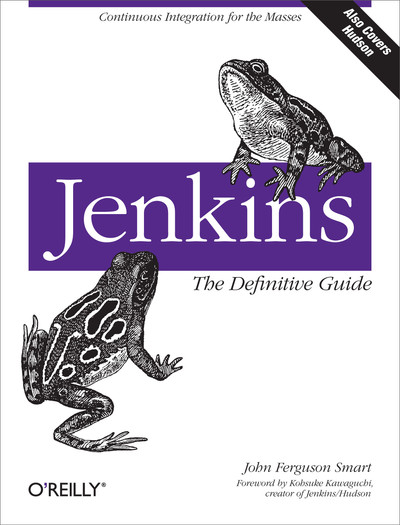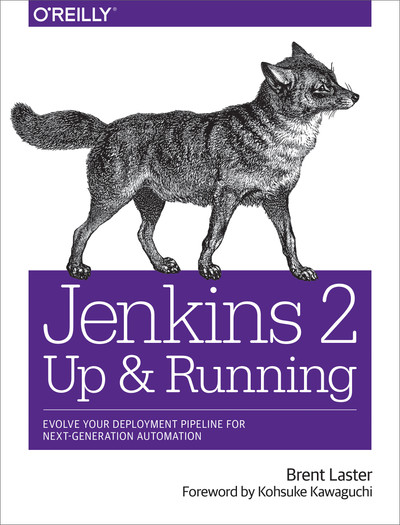Jenkins Related Books

1. Jenkins: The Definitive Guide: Continuous Integration for the Masses
Authored by John Ferguson Smart
Published by O'Reilly Media
Published in 2011
Type: Paid
Streamline software development with Jenkins, the popular Java-based open source tool that has revolutionized the way teams think about Continuous Integration (CI). This complete guide shows you how to automate your build, integration, release, and deployment processes with Jenkins—and demonstrates how CI can save you time, money, and many headaches. Ideal for developers, software architects, and project managers, Jenkins: The Definitive Guide is both a CI tutorial and a comprehensive Jenkins reference. Through its wealth of best practices and real-world tips, you'll discover how easy it is to set up a CI service with Jenkins. 1. Learn how to install, configure, and secure your Jenkins server 2. Organize and monitor general-purpose build jobs 3. Integrate automated tests to verify builds, and set up code quality reporting 4. Establish effective team notification strategies and techniques 5. Configure build pipelines, parameterized jobs, matrix builds, and other advanced jobs 6. Manage a farm of Jenkins servers to run distributed builds 7. Implement automated deployment and continuous delivery

2. Jenkins 2: Up and Running
Authored by Brent Laster
Published by O'Reilly Media
Published in 2018
Type: Paid
Design, implement, and execute continuous delivery pipelines with a level of flexibility, control, and ease of maintenance that was not possible with Jenkins before. With this practical book, build administrators, developers, testers, and other professionals will learn how the features in Jenkins 2 let you define pipelines as code, leverage integration with other key technologies, and create automated, reliable pipelines to simplify and accelerate your DevOps environments. Author Brent Laster shows you how Jenkins 2 is significantly different from the more traditional, web-only versions of this popular open source automation platform. If you’re familiar with Jenkins and want to take advantage of the new technologies to transform your legacy pipelines or build new modern, automated continuous delivery environments, this is your book. . Create continuous delivery pipelines as code with the Jenkins domain-specific language . Get practical guidance on how to migrate existing jobs and pipelines . Harness best practices and new methods for controlling access and security . Explore the structure, implementation, and use of shared pipeline libraries . Learn the differences between declarative syntax and scripted syntax . Leverage new and existing project types in Jenkins . Understand and use the new Blue Ocean graphical interface . Take advantage of the capabilities of the underlying OS in your pipeline . Integrate analysis tools, artifact management, and containers